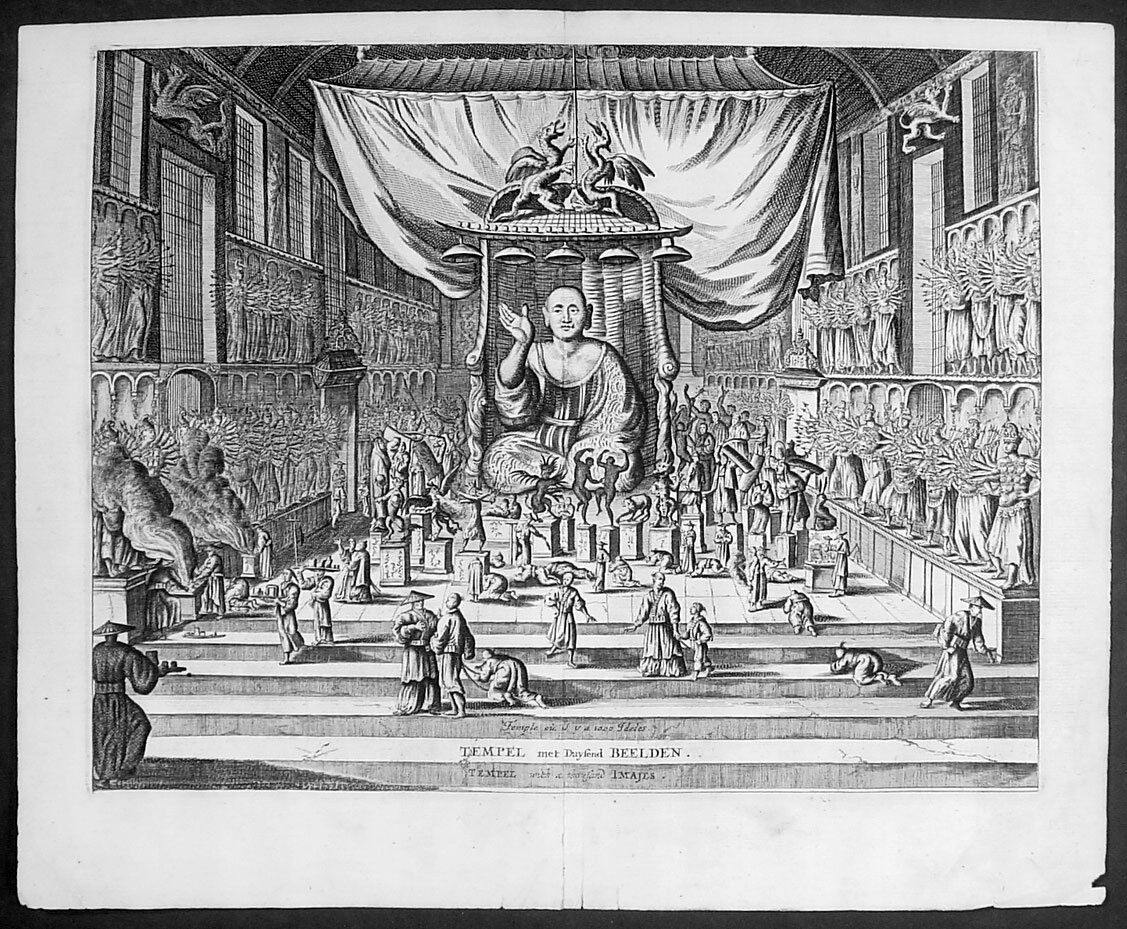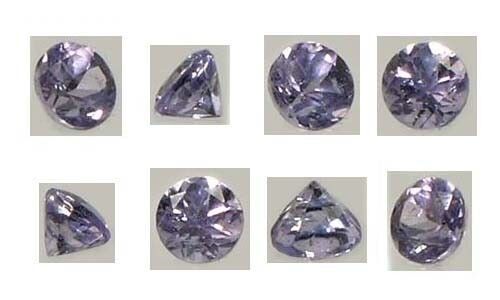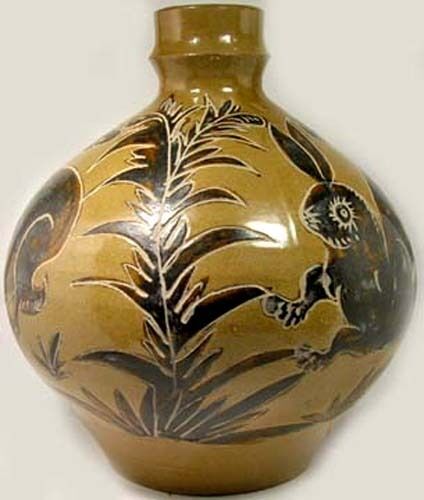-40%
1669 Montanus Antique Print Sanjūsangen-dō 三十三間堂 Buddhist Temple Kyoto, Japan
$ 131.99
- Description
- Size Guide
Description
a.imagelink {color:#0000FF;} a:hover.imagelink {color:#0000FF;} a:visited.imagelink {color:#800080;} a.imagelink img.auctionimage { border: 2px solid #0000FF; } a:visited.imagelink img.auctionimage { border: 2px solid #800080; }contact us
ebay profile
ebay store
23413.jpg" style="position: relative; overflow: hidden;" target="_blank">
Temple ou il y a 1000 Idoles: Temple met Duysend Beelden
Cartographer :
- Montanus, Arnoldus 1625–1683
Date:
- 1669
Size:
- 15in x 12in (380mm x 305mm)
Ref#:
- 23413
Condition:
- (A+) Fine Condition
Description:
This original copper-plate engraved antique print of Sanjūsangen-dō (三十三間堂) a Buddhist temple in Higashiyama District of Kyoto, Japan (with 1000 Kannon statues) during the Edo period, by Arnoldus Montanus was published in the 1669 edition of
Gedenkwaerdige Gesantschappen der Oost-Indische Maetschappy int Vereenigde Nederland, aen de Kaisaren van Japan. Getrokken uit de Geschriften en Reiseaentekeninge der zelver Gesanten
(Atlas Japannensis being remarkable addresses by way of Embassy from the East India Company of the United Provinces, to the Emperor of Japan)
General Definitions:
Paper thickness and quality: - Heavy and stable
Paper color : - off white
Age of map color: -
Colors used: -
General color appearance: -
Paper size: - 15in x 12in (380mm x 305mm)
Plate size: - 13in x 10in (330mm x 255mm)
Margins: - Min 1in (20mm)
Imperfections:
Margins: - None
Plate area: - None
Verso: - None
Background:
Sanjūsangen-dō (三十三間堂, lit. thirty-three ken (length) hall) is a Buddhist temple in Higashiyama District of Kyoto, Japan. Officially known as Rengeō-in (蓮華王院), or Hall of the Lotus King, Sanjūsangen-dō belongs to and is run by the Myōhō-in temple, a part of the Tendai school of Buddhism. The temple name literally means Hall with thirty three spaces between columns, describing the architecture of the long main hall of the temple.
Taira no Kiyomori completed the temple under order of Emperor Go-Shirakawa in 1164. The temple complex suffered a fire in 1249 and only the main hall was rebuilt in 1266. In January, the temple has an event known as the Rite of the Willow (柳枝のお加持), where worshippers are touched on the head with a sacred willow branch to cure and prevent headaches. A popular archery tournament known as the Tōshiya (通し矢) has also been held here, beside the West veranda, since the Edo period. The duel between the famous warrior Miyamoto Musashi and Yoshioka Denshichirō, leader of the Yoshioka-ryū, is popularly believed to have been fought just outside Sanjūsangen-dō in 1604.
The main deity of the temple is Sahasrabhuja-arya-avalokiteśvara or the Thousand Armed Kannon. The statue of the main deity was created by the Kamakura sculptor Tankei and is a National Treasure of Japan. The temple also contains one thousand life-size statues of the Thousand Armed Kannon which stand on both the right and left sides of the main statue in 10 rows and 50 columns. Of these, 124 statues are from the original temple, rescued from the fire of 1249, while the remaining 876 statues were constructed in the 13th century. The statues are made of Japanese cypress clad in gold leaf. The temple is 120 - meter long[1]. Around the 1000 Kannon statues stand 28 statues of guardian deities. There are also two famous statues of Fūjin and Raijin.
Montanus, Arnoldus 1625–1683
Montanus was a Dutch teacher and author. He published books on theology, history, and geography of both the Netherlands and far-away countries.
Montanus, a Latinized form of van den Berg or van Bergen, was born in Amsterdam and studied theology at Leiden University. He became a minister in Schellingwoude in 1653 and in Schoonhoven in 1667, where he also became headmaster of the Latin School. He died in Schoonhoven.
His most famous book is De Nieuwe en Onbekende Weereld.
The New and Unknown World: or Description of America and the Southland
This monumental work by the Dutch writer Arnoldus Montanus reflects the fascination of 17th century Europe with the New World. Montanus was a Protestant minister and headmaster of the Latin School in the town of Schoonhoven. He wrote books on church history, theology, the history of the Low Countries, and the peoples and cultures of the Americas and Australia. (The Southland in the title of his book refers to the recently-discovered Australia.) Montanus never visited the New World and his work contains numerous errors and fantastic conceptions about the people and animals of the Americas. Nonetheless, it became a standard work in Europe and was widely read for many years. The publisher of the work was the Amsterdam bookseller and engraver Jacob van Meurs, who was active from 1651 to 1680 and specialized in works of history, geography, and travelogues. The book is lavishly illustrated with 125 copper engravings, including 32 folded views, 70 plates, 16 maps, and 7 unusually handsome portraits of famous explorers, each surrounded by baroque framed borders. The book was translated and published in England by the editor and map publisher John Ogilby under the title, America, Being an Accurate Description of the New World (1671).
Publications:
- 1669 – Gedenkwaerdige Gesantschappen der Oost-Indische Maetschappy int Vereenigde Nederland, aen de Kaisaren van Japan. Getrokken uit de Geschriften en Reiseaentekeninge der zelver Gesanten, Amsterdam, Jacob Meurs. (1670 English translation, Atlas Japannensis being remarkable addresses by way of Embassy from the East India Company of the United Provinces, to the Emperor of Japan, Thomas Johnson, pub., and 1673 French, Ambassades mémorables de la Compagnie, Amsterdam, Jacob Meurs)
- 1671 – De Nieuwe en Onbekende Weereld: of beschryving van America en t Zuid-Land, Amsterdam, Jacob Meurs (The New and Unknown World: or Description of America and the Southland, Containing the Origin of the Americans and South-landers, remarkable voyages thither, Quality of the Shores, Islands, Cities, Fortresses, Towns, Temples, Mountains, Sources, Rivers, Houses, the nature of Beasts, Trees, Plants and foreign Crops, Religion and Manners, Miraculous Occurrences, Old and New Wars: Adorned with Illustrations drawn from the life in America, and described by Arnoldus Montanus) and 1673 German translation, Die Unbekante Neue Welt, Amsterdam, Jacob Meurs
- 1671 (English edition) – Atlas Chinensis: Being a relation of remarkable passages in two embassies from the East-India Company of the United Provinces to the Vice-Roy Singlamong, General Taising Lipovi, and Konchi, Emperor, Thomas Johnson, pub.
What is an Antique Map
The word Antique in the traditional sense refers to an item that is more than a hundred years old. In the past maps were sold in two forms, as a single sheet (broadsheet) or bound in an atlas or book. The majority of antique maps for sale today come from books or atlases and have survived due to the protection offered by the hardback covers.
When considering a purchase
The first thing to determine when staring a collection or purchasing an item, is what is important to you. Most collectors prefer to build their collections around a theme. You may decide to collect maps from one region or country, charting its development through time. Similarly you could collect maps of one particular period in time, by type (i.e. sea or celestial charts) or by cartographer. The collector might also want to consider the theme of cartographical misconceptions such as California as an island or Australia as Terra Australis or the Great Southern Land.
The subject is so wide that any would-be-collector has almost endless possibilities to find his own little niche within the field, and thereby build a rewarding collection.
Starting a collection & pricing
Pricing is based on a number of different factors, the most important of which is regional. In any series of maps the most valuable are usually the World Map and the America/North America. The World because it is usually the most decorative and America because it has the strongest regional market. Other factors that come into play re: price is rarity, age, size, historical importance, decorative value (colour) and overall condition and quality of paper it is printed on.
As specialised dealers, we frequently work with first time map buyers who are just starting their collection. Guiding new collectors on their first antique map purchase and helping new collectors to focus their interests is one of the most rewarding aspects of being an rare map dealer. So please do not hesitate to contact us and we will be happy to help with any questions you may have.
Payment, Shipping & Return Options
Please click on the \"Shipping and Payments\" Tab above for shipping, payment and return details
About US
Classical Images was founded 1998 and has built an excellent reputation for supplying high quality original antiquarian maps, historical atlases, antique books and prints. We carry an extensive inventory of antiquarian collectibles from the 15th to 19th century. Our collection typically includes rare books and decorative antique maps and prints by renowned cartographers, authors and engravers. Specific items not listed may be sourced on request.
Classical Images adheres to the Codes of Ethics outlined by the Antiquarian Booksellers Association of America (ABAA).
We are a primarily an online based enterprise, however our inventory may be viewed by appointment. Please call or email to arrange a viewing.
Attention Sellers - Get Templates
Image Hosting, Scheduling at Auctiva.com.
Track Page Views With
Auctiva's FREE Counter










